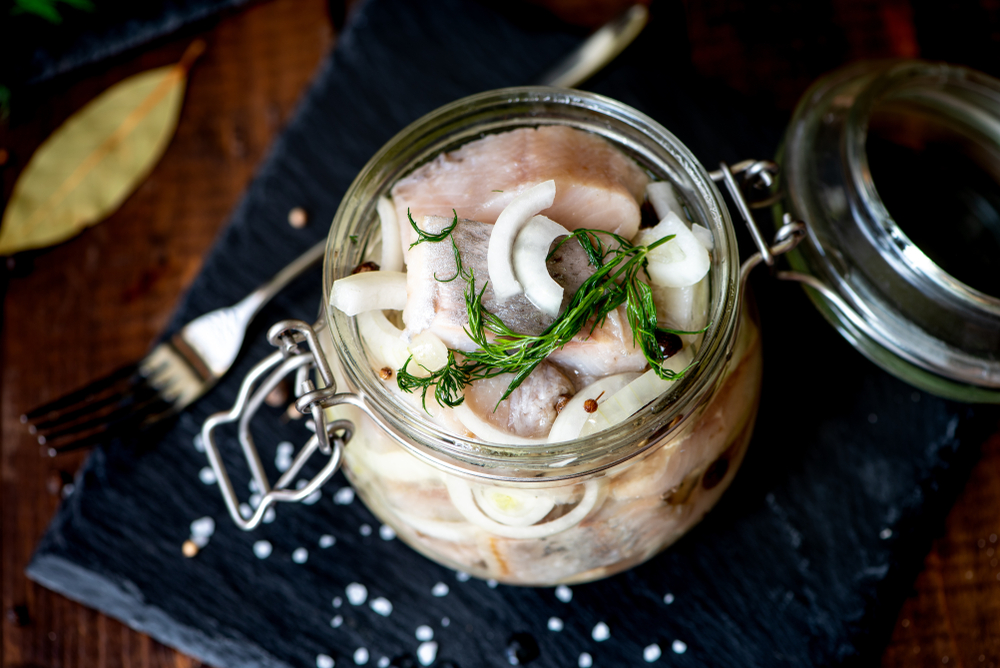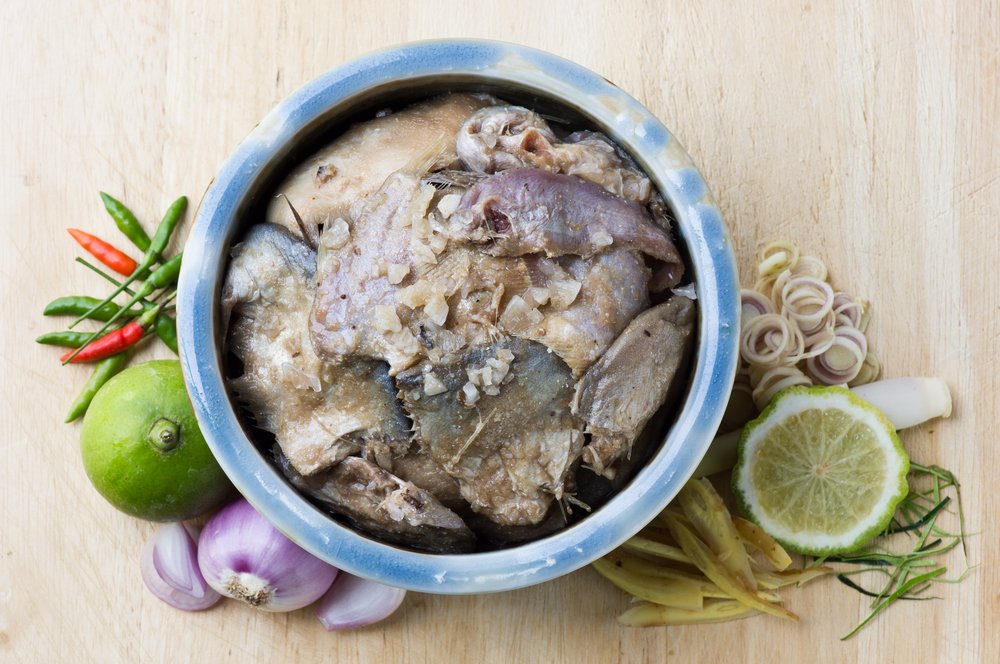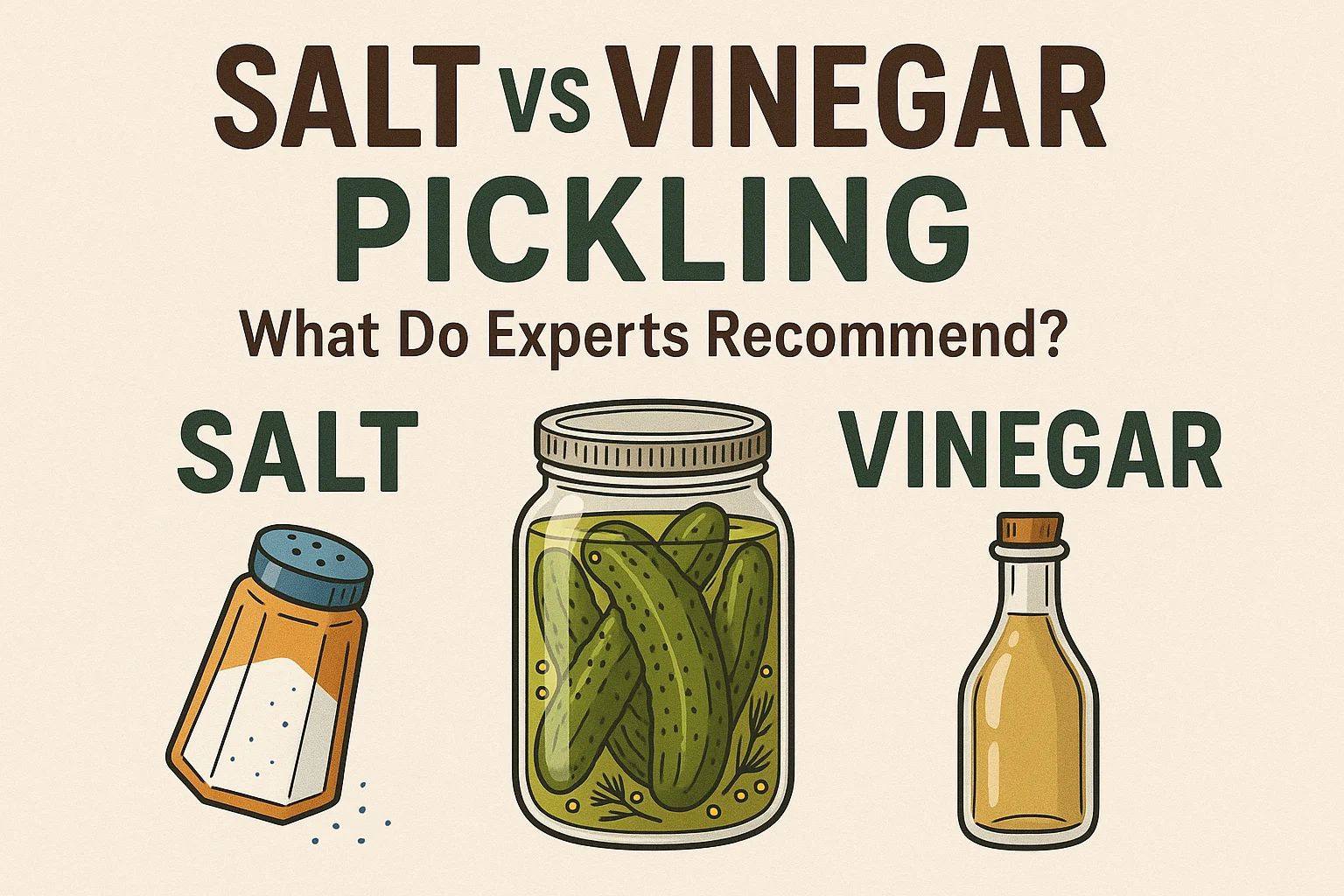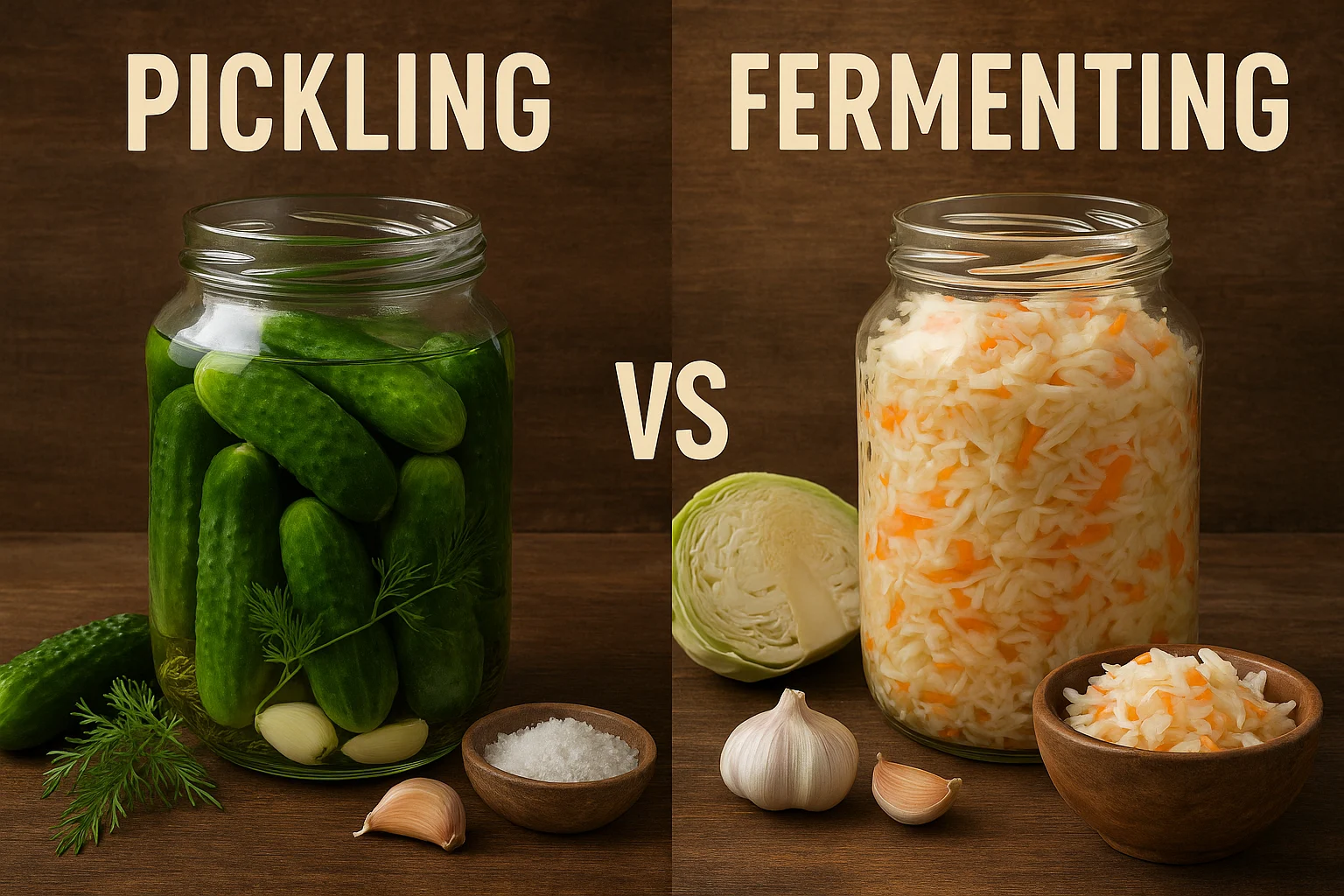How to Preserve Fish Pickle for Maximum Freshness

Have you ever experienced the joy of opening a jar of freshly made fish pickle, rich with tangy flavors? It’s an unexplainable delight, right? Crafted by expert hands, a well-made fish pickle can awaken your taste buds and leave a lasting impression. Whether you enjoy it as a side dish with your favorite rice, as a tangy condiment with chapati, or as a flavorful ingredient in curries and other dishes, knowing how to store fish pickle properly is crucial to maintaining its bold flavors, perfect texture, and long-lasting freshness. Fish pickle is beloved across various cuisines for its versatility and irresistible taste, making it a staple in many households. However, improper storage can lead to spoilage, affecting both its quality and safety. This guide will walk you through how to preserve fish pickle using traditional and modern techniques, ensuring that every bite remains as delicious as the first.
The Foundation: Essentials for Preserving Pickles

For successfully preserving fish pickles quality ingredients and the right equipment is required. From selecting fresh, high-quality fish to using the correct salt, vinegar, and spices, every element plays a key role. Proper jars, utensils, and techniques ensure your fish pickle stays fresh, flavorful, and safe for long-lasting enjoyment. Here are some essentials for how to preserve pickles.
- Quality Fish
Using fresh, high-quality fish is essential to achieving the best flavor and texture. Fish that is spoiled or has an unpleasant odor can negatively impact the taste and shelf life of the pickle. - Salt
Canning or pickling salt is the best choice for preserving pickles, as it does not contain additives like anti-caking agents, which can cause cloudiness. Proper salt concentration helps inhibit bacterial growth and ensures long-term preservation. - Vinegar
Vinegar with 5% acidity (50 grain) plays a crucial role in preventing bacterial contamination and maintaining the pickle’s safety. It is important not to alter the vinegar proportions in tested recipes, as this may compromise preservation. - Oil (For Some Styles)
Stable oils such as mustard oil and sesame oil are traditionally used in fish pickles to enhance flavor and create a protective layer that prevents spoilage. These oils should be chosen carefully to avoid rancidity over time. - Spices
Fresh, whole spices should be used to maximize flavor and maintain clarity in the pickle. To prevent unwanted residue, spices can be tied in a cheesecloth bag for easy removal while still infusing their essence into the pickle. You can buy spices online from renowned stores like kerala spices online or from any other sourse you trust.
Essential Equipment
- Jars
Glass or ceramic jars with wide mouths are ideal for storing pickles, as they are non-reactive and allow easy access. Sterilizing the jars before use is essential to eliminate bacteria and extend the shelf life of the pickle. - Lids
Non-metallic lids should always be used to prevent rust and contamination due to the pickle’s acidity. Airtight lids help retain freshness and protect the pickle from exposure to air and moisture. - Utensils
Clean, dry, non-metallic utensils such as wooden spoons should be used to handle pickles. Metal utensils can react with acidic ingredients, altering the taste and reducing the pickle’s quality.
By following these essential guidelines, you can master the art of preserving fish pickles and ensure that every jar remains flavorful, fresh, and safe for long-term consumption. These steps form the foundation of how to preserve pickles like an expert.
Preserving Through the Ages : What are the Traditional Methods for Fish Pickle

For centuries, fish pickle has been preserved using time-tested methods like salt curing, sun-drying, and fermentation in vinegar and oil. These techniques not only prevent spoilage but also enhance flavor, creating a rich and long-lasting delicacy. By combining salt, spices, and acidic agents, traditional preservation ensures that every bite retains its depth and authenticity.
- Salt Curing and Brining – Heavy salting and brining were used to remove moisture and inhibit bacterial growth, enhancing both preservation and flavor.
- Oil Preservation – A protective layer of mustard or sesame oil was added to prevent oxidation and moisture exposure, ensuring long shelf life.
- Drying (Before Pickling) – In some cultures, salted fish was sun-dried before pickling to further reduce moisture and intensify flavor.
These time-tested techniques highlight how pickles are preserved and remain key to preserving fish pickle across generations.
The Science of Freshness:What are the Modern Methods for Preserving Fish Pickle

Advancements in food preservation have introduced scientific techniques that enhance the safety, longevity, and flavor of fish pickle. By combining controlled storage conditions, vacuum sealing, and natural preservatives, modern methods ensure freshness while maintaining traditional taste.
- Refrigeration – Home-prepared fish pickles should be stored at or below 40°F (3°C) to maintain freshness and safety, with a typical refrigerated shelf life of 4-6 weeks.
- Freezing (Before Pickling) – Freezing raw fish at 0°F (-18°C) for at least 48 hours before pickling helps eliminate potential parasites, especially in lightly salted or marinated recipes.
- Proper Jarring and Sealing – Sterilized jars should be used, ensuring the correct headspace (½ inch) for expansion. Non-metallic, airtight lids help prevent contamination and spoilage.
- Canning (With Strong Safety Warnings)
- Pressure Canning – Since fish is a low-acid food, pressure canning is essential for long-term storage to prevent bacterial growth.
- Boiling Water Bath Canning – Only tested high-vinegar recipes should be used, with precise processing times based on altitude to reduce the risk of botulism.
- Pressure Canning – Since fish is a low-acid food, pressure canning is essential for long-term storage to prevent bacterial growth.
These modern techniques enhance preserving fish pickle, ensuring it remains fresh, safe, and flavorful for extended periods.
Maximising Longevity: Essential Storage Tips for Fish Pickle
- Always Refrigerate (Unless Safely Canned) – Store fish pickle in the refrigerator at or below 40°F (3°C) to maintain freshness and prevent spoilage.
- Maintain Cool and Consistent Temperatures – Keep the refrigerator temperature steady to avoid bacterial growth and texture degradation.
- Use Clean Utensils – Always use a clean, dry, and non-metallic spoon when serving to prevent contamination.
- Keep Pickles Submerged – Ensure fish pieces remain fully covered in brine or oil to extend shelf life. If needed, add more liquid using the correct ratios.
- Check for Spoilage – Discard any pickle showing off-odors, mold, or slimy texture, as these indicate spoilage.
- Label and Date Jars – Clearly label jars with contents and preparation date to track freshness and avoid consuming expired pickles.
- Consume Within Recommended Timeframe – Even with proper storage, refrigerated fish pickle is best consumed within 4-6 weeks for optimal taste and safety.
- Storage of Commercially Produced Pickles – Follow manufacturer’s instructions for storing store-bought fish pickles, as some may require refrigeration after opening.
By following these steps, you can ensure fish pickle remains fresh, flavorful, and safe. These guidelines are essential when learning and mastering how to store fish pickle properly.
Conclusion
To preserve the freshness and flavor of fish pickle, follow key steps like refrigerating it, maintaining consistent temperatures, and ensuring the fish is submerged in brine or oil. Key steps such as refrigerating your pickle, maintaining consistent temperatures, and ensuring that fish pieces are fully submerged in brine or oil are essential for preserving both its taste and safety. Always prioritize safety, especially when handling fish, as improper storage or canning methods can lead to risks like botulism, particularly when acidity levels are not properly controlled.
By following these guidelines, you can enjoy your homemade or store-bought fish pickle at its freshest and most flavorful. Don’t hesitate to explore different recipes and preservation methods, but always keep safety at the forefront. Whether you’re perfecting a family recipe or experimenting with new variations, understanding how to preserve fish pickle and how to store fish pickle is crucial for achieving the best results every time.If you have a busy lifestyle, preserving pickles at home can be challenging—but you can easily buy well-preserved fish pickles online from trusted stores like Vebka Foods and enjoy the authentic taste of traditional fish achar without the hassle.




